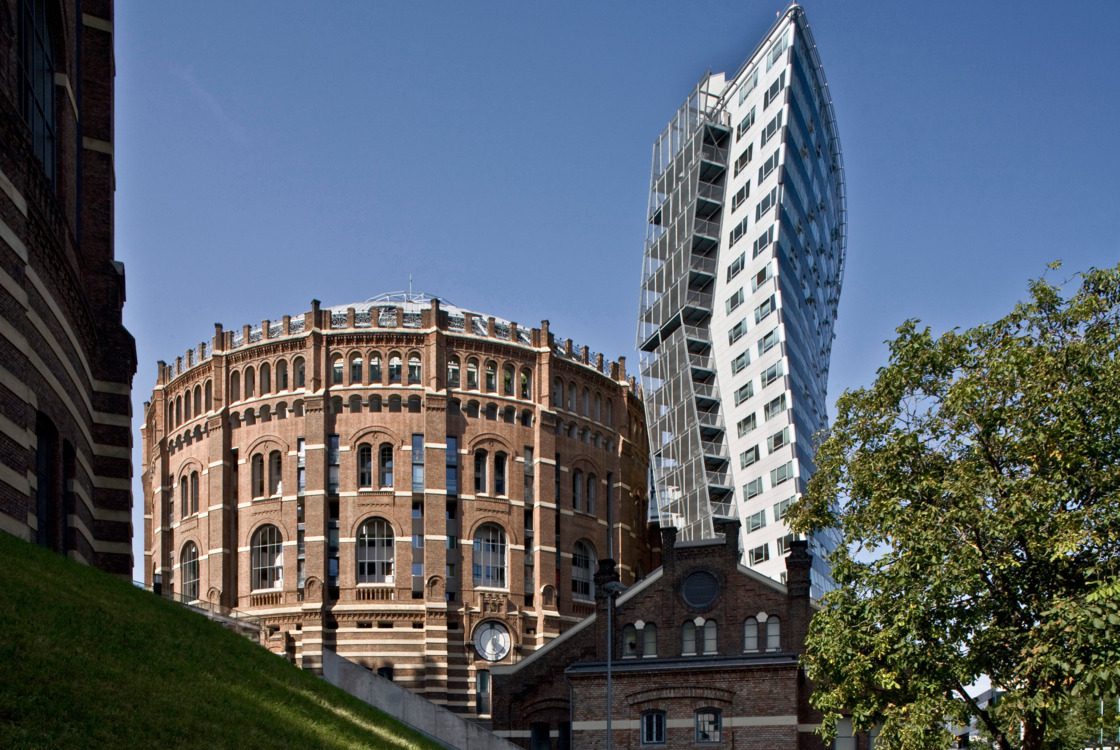In response to New York Mayor Bill de Blasio's new housing plan goal of 200,000 units “created or preserved,” Justin Davidson at New York Magazine penned this plea for architectural beauty, complete with pictures of dramatic, stylish subsidized housing from around the world.
I found the article fascinating for a few reasons. One is that it is a good example of how many people still associate affordable housing with menacing, brutalist high-rise public housing towers. The fact that many developers of affordable housing are actually doing a great job of making their new construction attractive and blend in with their neighborhoods seems to have passed this author by. Perhaps in fact because they have been successful. A bit of a Catch-22 there, and something for housers to wrestle with in terms of messaging. (And it's not universal either.)
The article spurred an interesting conversation in LinkedIn's Affordable Housing group about the difference between stylish design and functionality, durability, and homeyness. It was a welcome departure from the quantity-quality debates, instead delving into different meanings of quality.
But no one there seemed to notice the other things I was even more intrigued by in Davidson's article: the subtle, yet radical political suggestion he buried within his call for prettier affordable housing:
That we should be building substantially more of it, directly, rather than just relying on subsidizing private developers to include some in their buildings. (The implication being if they were prettier this would be more politically palatable, I guess?)
Now, remeber, this is NY Mag we're talking about—it gets its advertising revenue from luxury goods aimed at Manhattan incomes, including what many people jokingly refer to as “real estate porn,” listings of multimillion dollar penthouses and townhouses.
And yet the article sure seems to be suggesting that we look to other countries' decidedly more socialistic approaches to housing provision, not just at their architecture. To wit:
If he [de Blasio] really wants to make a difference, he’ll have to develop alternatives to the old mechanism, in which the city pays developers to make a healthy profit on fabulously expensive real estate, in exchange for a few sanely priced apartments. The mayor might start by sending a fact-finding team to Vienna.
Like many of the wealthiest European Countries—Switzerland, Denmark, the Netherlands—Vienna treats housing as a social good, rather than a byproduct of real-estate investments. That means not just building plenty, but building well. The city’s government drives the vast majority of all new apartment construction, and more than 60 percent of the population—teachers, cops, janitors, doctors, and new immigrants—live in subsidized housing.
I'm not sure why Davidson thinks that would be an easier lift in this country than widespread inclusionary housing (the term for what he's calling the “old mechanism”). And yet I can't help but be heartened by the idea that such a thing is being floated in such a mainstream venue. I wonder if it will extend to support for programs that currently build well-designed (if not starchitect, monumental) affordable housing. Perhaps housers have a new ally?
(Photo: Schutze-Rodemann/Bildarchiv-Monheim)






Comments